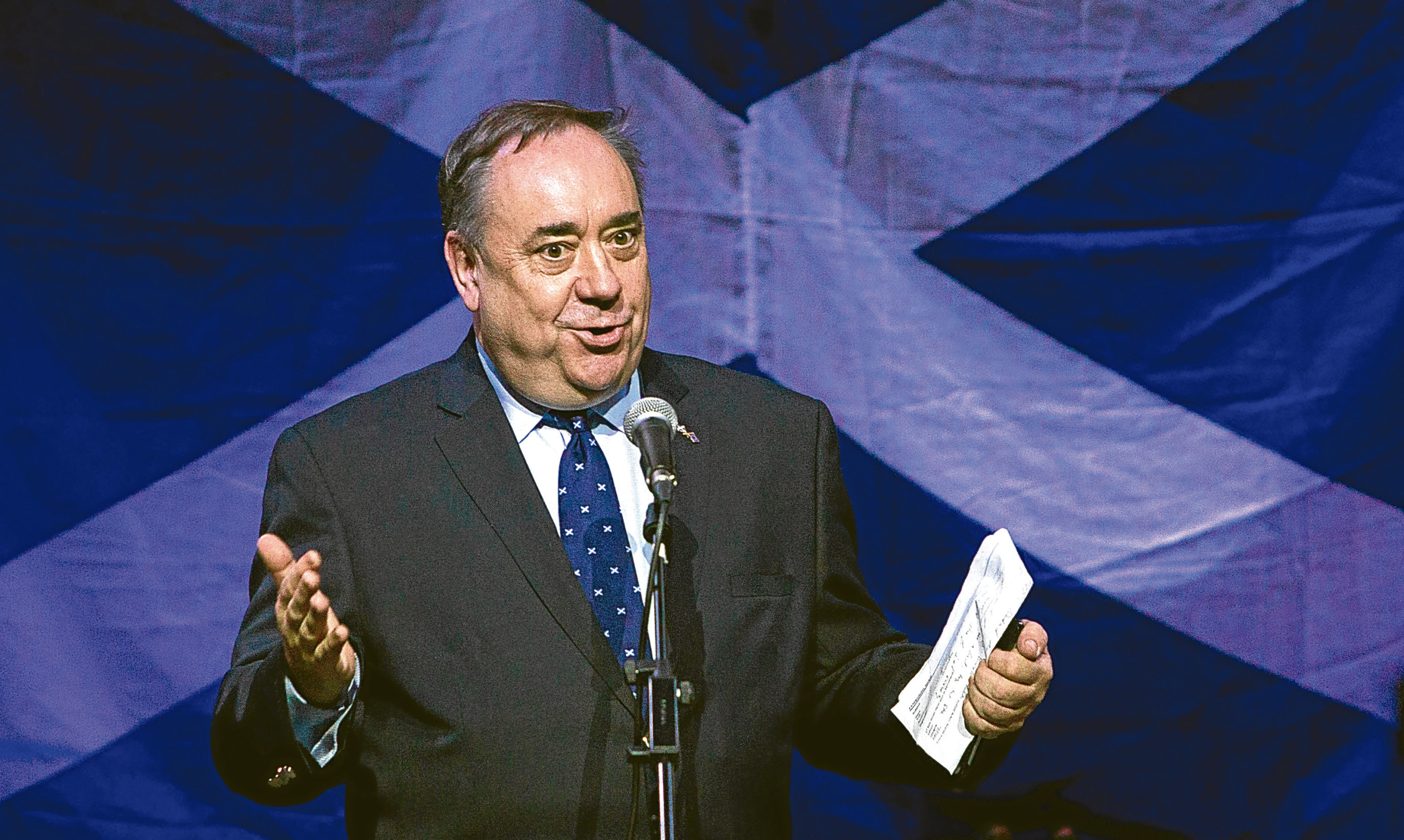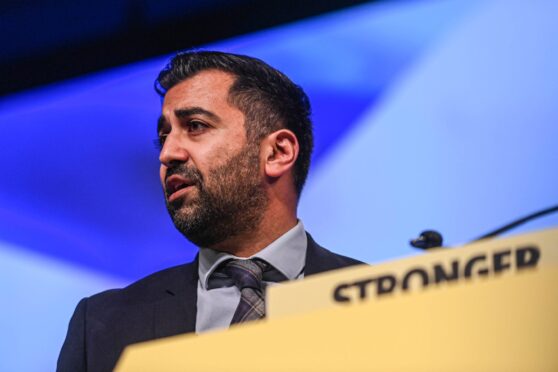Alex Salmond has warned the UK Government against further “blatant abuse” of financial statistics during a potential second Scottish independence referendum.
The SNP former first minister accused Cabinet Minister David Lidington of being “up to your neck in project fear” during the EU referendum.
He made the claim as he asked the Government to assure MPs that it will “never again” adopt such tactics when handling Treasury figures during any future referendum.
The Scottish Government has unveiled draft legislation for a second independence referendum after a majority of voters north of the border backed the UK remaining in the EU.
Downing Street believes the Holyrood government has no mandate for a second referendum after independence was rejected in 2014.
Speaking in the Commons, Mr Salmond told Tory frontbencher Mr Lidington: “Can we have a debate entitled ‘Project Fear’ so that you personally and (former chancellor George Osborne) in particular can reflect on the wisdom of presenting the case against leaving the European Union as a short-term apocalyptic emergency budgeted disaster, as opposed to concentrating on the medium-term damage that would certainly be done to this through a withdrawal from the European single market place.
“Given that you personally were up to your neck in project fear, can you give this House an assurance that never again will there be such a blatant abuse of Treasury statistics and forecasts in any future referendum that might come along?”
Commons Leader Mr Lidington replied: “I have to say, though it probably embarrasses you now, you and I were on the same side in the referendum campaign.
“I think to be honest there is little point on us conducting post-mortems into the referendum campaign.
“Whatever the reasons that led people to vote the way they did, the turnout was at or above general election levels and the outcome – although it was a narrow margin – was decisive and clear and is respected not just by parties in this House, but by the other 27 governments within the European Union.
“We now have to get on with the task of negotiating the best possible deal for British citizens and British business in these new circumstances.”
SNP Commons leader Pete Wishart also teased Mr Lidington about an online petition calling for Scotland to be kicked out of the UK.
He said: “It’s come to my attention there’s a petition kicking around just now, which is asking this House to have a debate and organise a process to kick Scotland out of the union.
“Now, I’m thinking what could possibly go wrong with such a petition?
“Imagine the prospect if that got into the hands of somebody who wanted to make mischief of this or one of my honourable friends managed to secure a debate on this issue if it got to 100,000 signatures?”
He sarcastically added to Mr Lidington: “Will you join me in appealing to the good people of this nation to ‘Do not sign this petition’ and ensure this disaster does not come to pass?”










